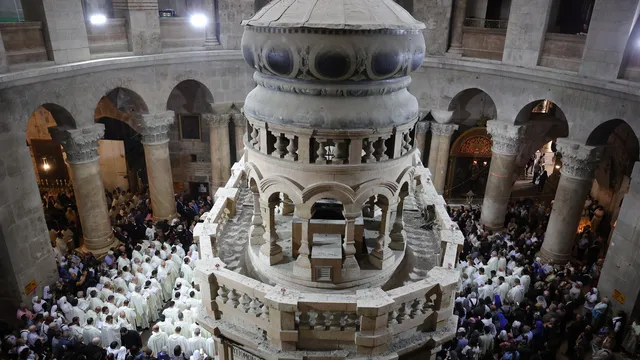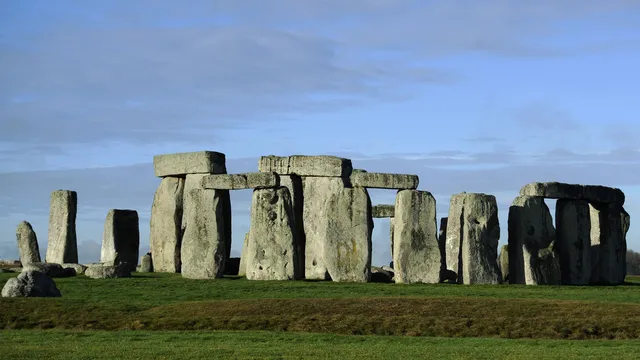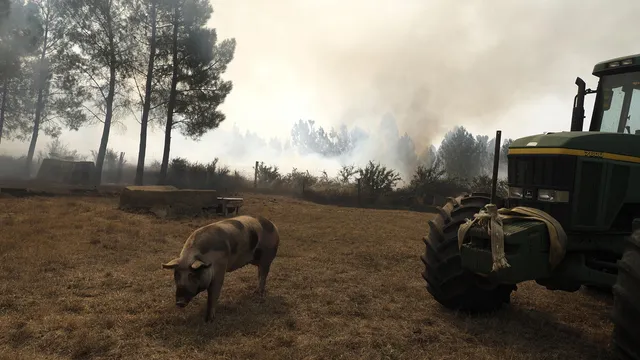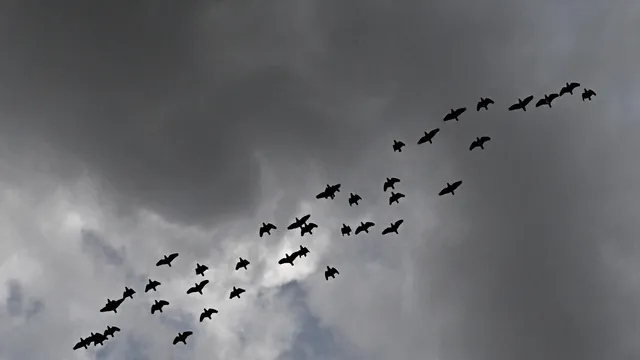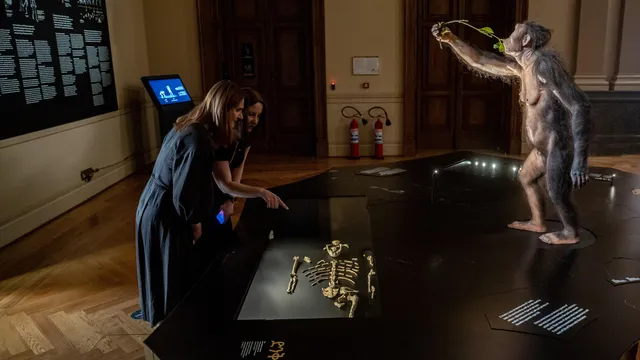Archaeologists believe they have uncovered the sacred site in Jerusalem where Jesus restored the sight of a blind man, as described in the Bible, The Telegraph reports.
The 12-meter wall, dating back 2,800 years, was built to collect water and allowed the formation of the Pool of Siloam.
According to the Gospel of John, Jesus restored the vision of a beggar after sending him to wash in the waters of Siloam.
Excavation director Itamar Berko of the Israel Antiquities Authority (IAA) said the discovery provides a “tangible” link to the biblical site:
“Until now, we could only read in the Biblical text about the existence of the Pool of Siloam. Now, we can see its tangible remnants and its beginnings. Behind us stands a monumental dam wall, enormous in size, over 11 meters high, dating back 2,800 years to the First Temple period, during the reigns of Kings Joash and Amaziah.”
The wall is not only 12 meters high but also more than eight meters wide and at least 21 meters long.
It was part of an engineering complex that collected water from the Gihon Spring and channeled it through the Tyropoeon Valley to the Kidron Stream.
The dam was likely built both to conserve water during droughts and to prevent flash flooding. Archaeologists were able to date the structure through radiocarbon analysis of twigs and branches used in the mortar, comparing the results with climate data. They found that the dam was constructed during a period of low rainfall interspersed with short, intense storms capable of causing floods.
Co-director of the excavation, Dr. Nahshon Szanton, noted:
“This is the lowest point in ancient Jerusalem. All the water, all the rain runoff essentially gathers here in this central, large drainage basin of the city. Without this dam wall, the water flowing through this channel would simply pour into the Kidron Valley straight to the Dead Sea.”
Heritage Minister Amichai Eliyahu added:
“The uncovering of the largest dam ever found in Israel, in the heart of ancient Jerusalem, is tangible evidence of the strength of the Kingdom of Judah and the creativity of its kings in addressing natural and environmental challenges”. | BGNES

 Breaking news
Breaking news
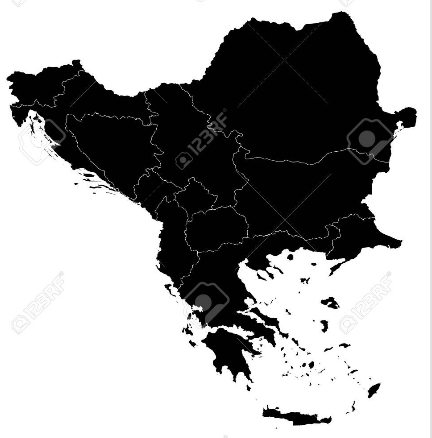 Europe
Europe
 Bulgaria
Bulgaria
